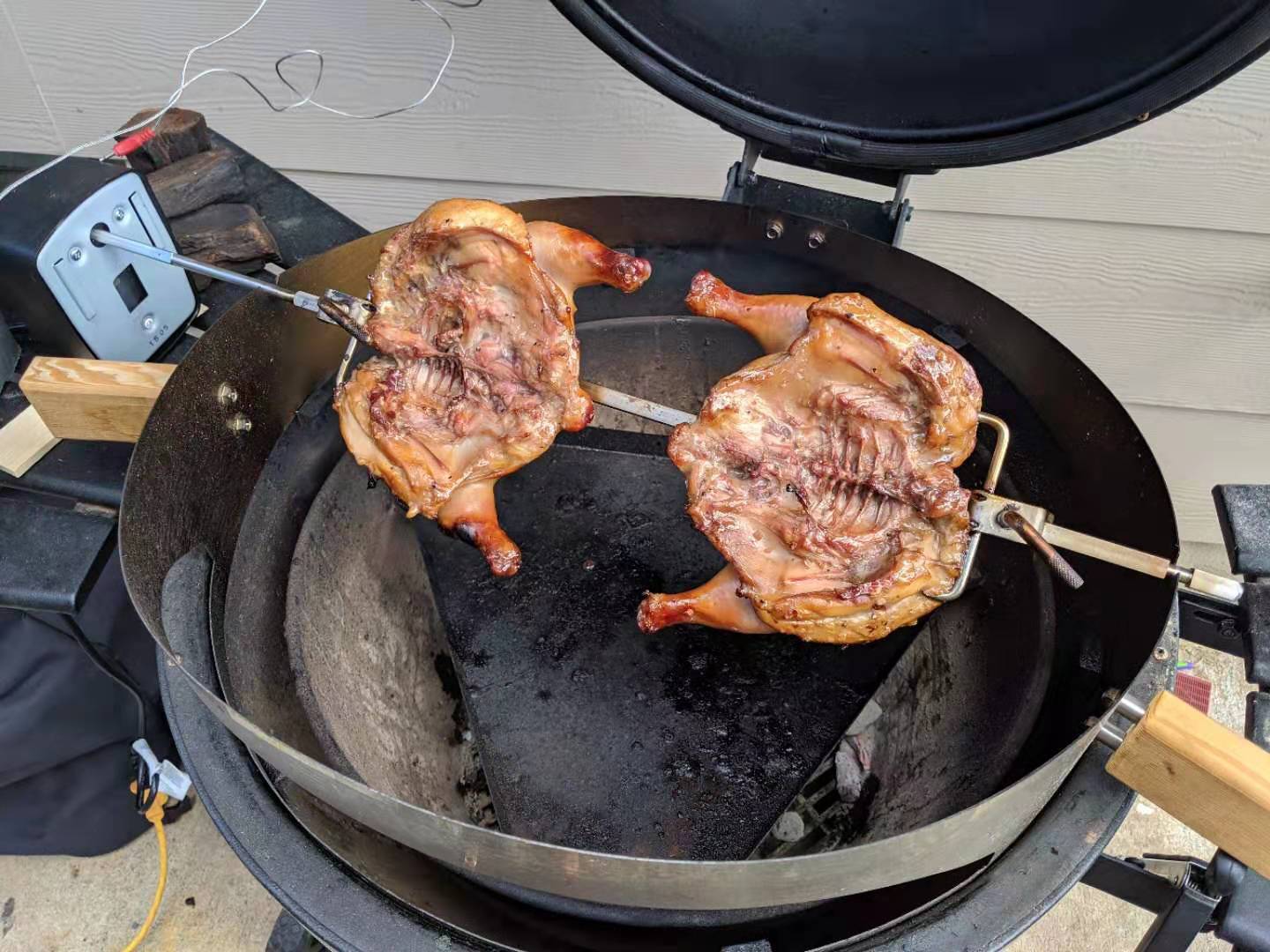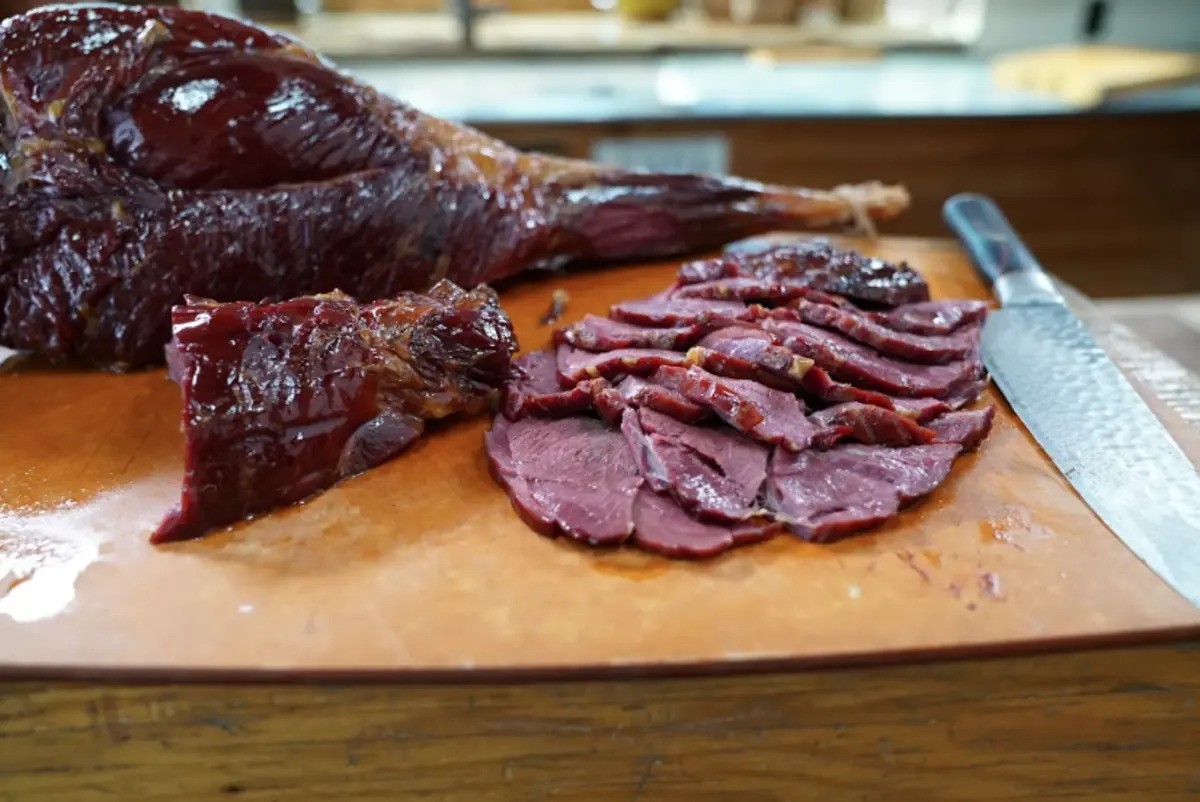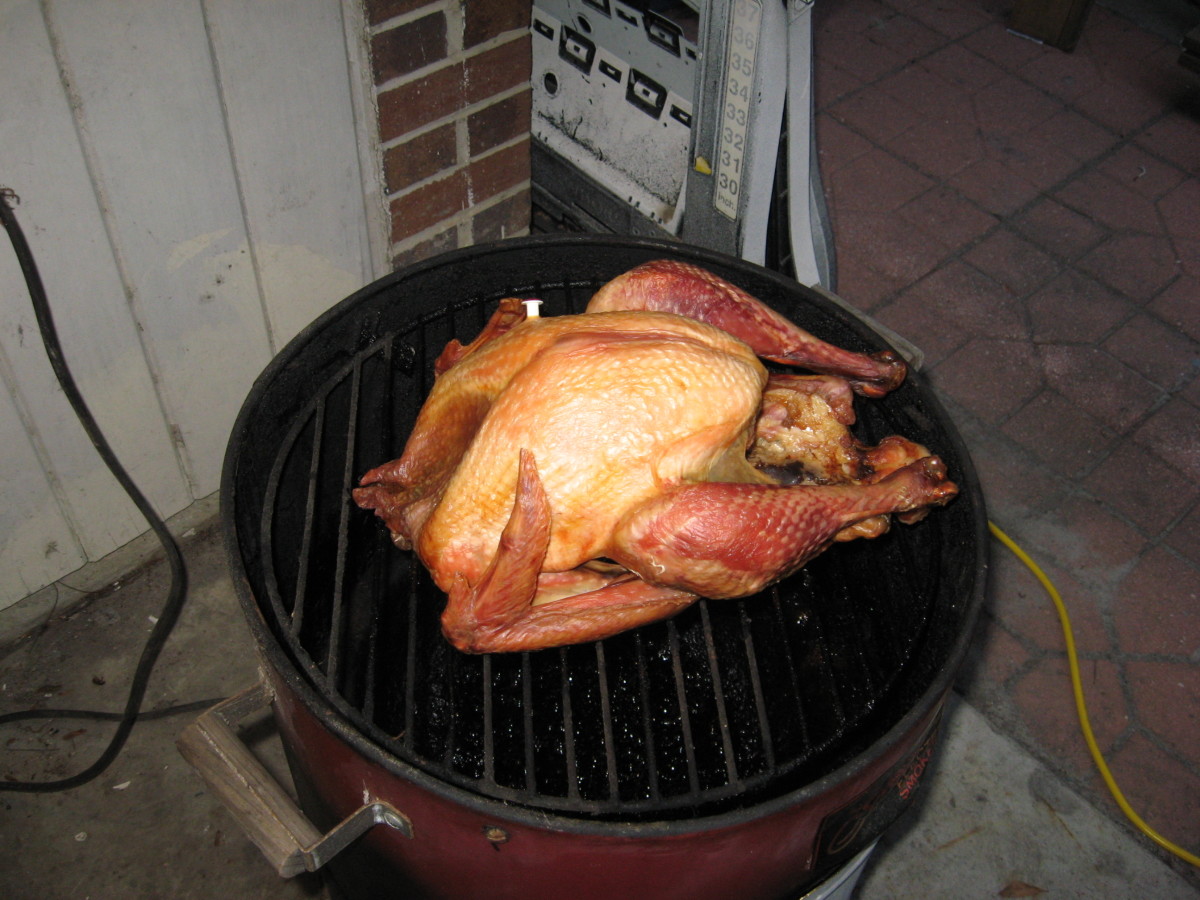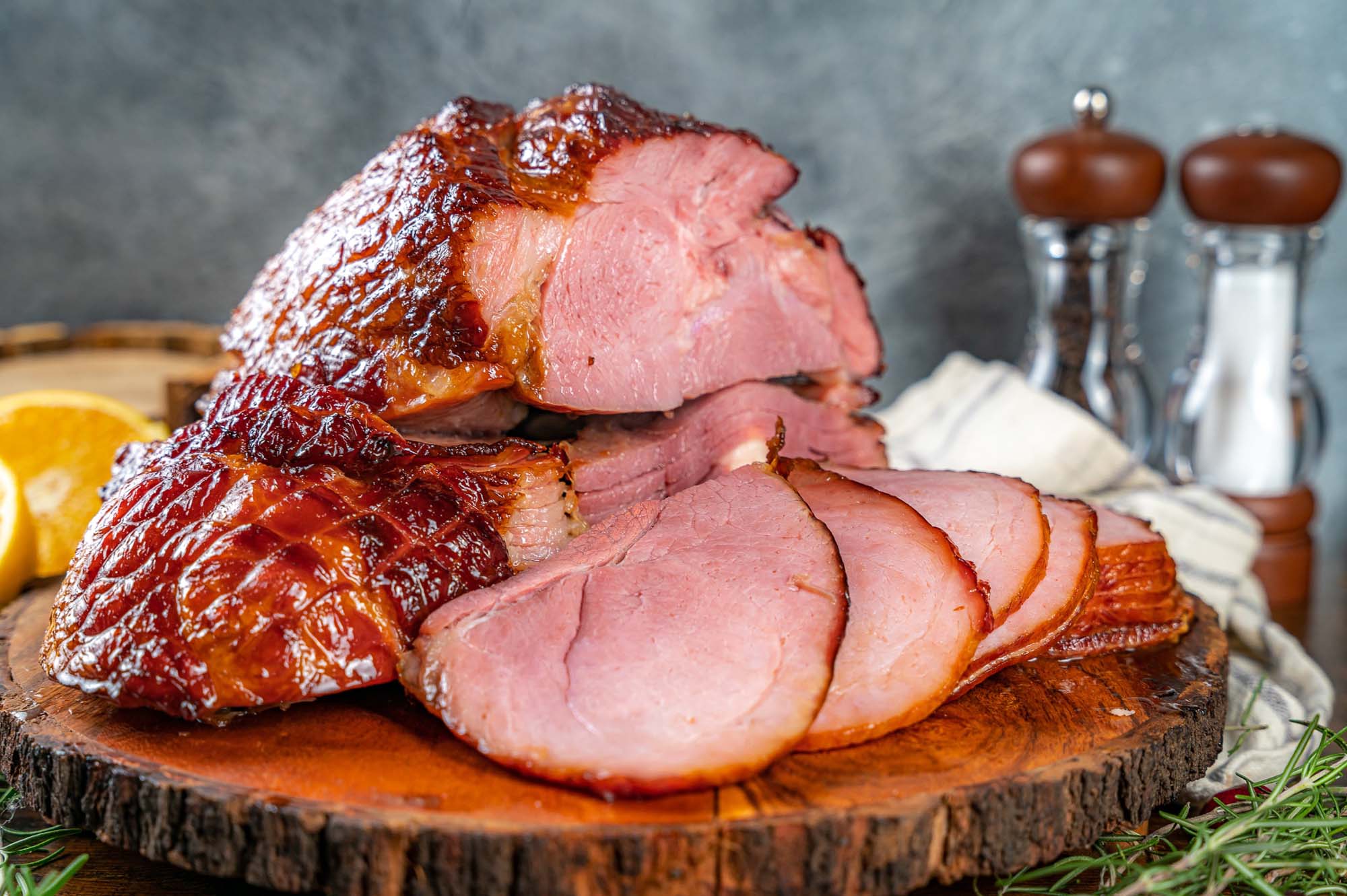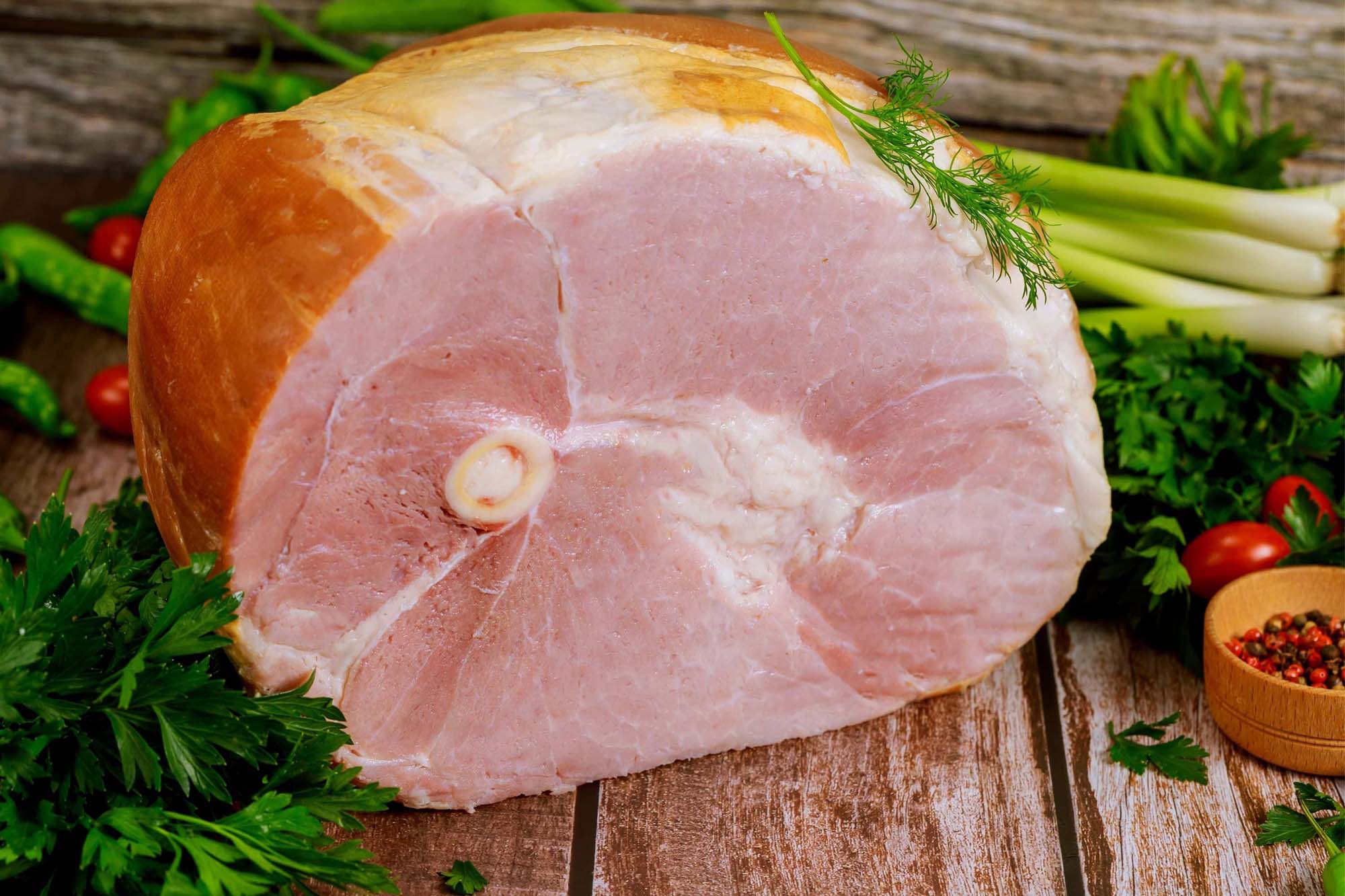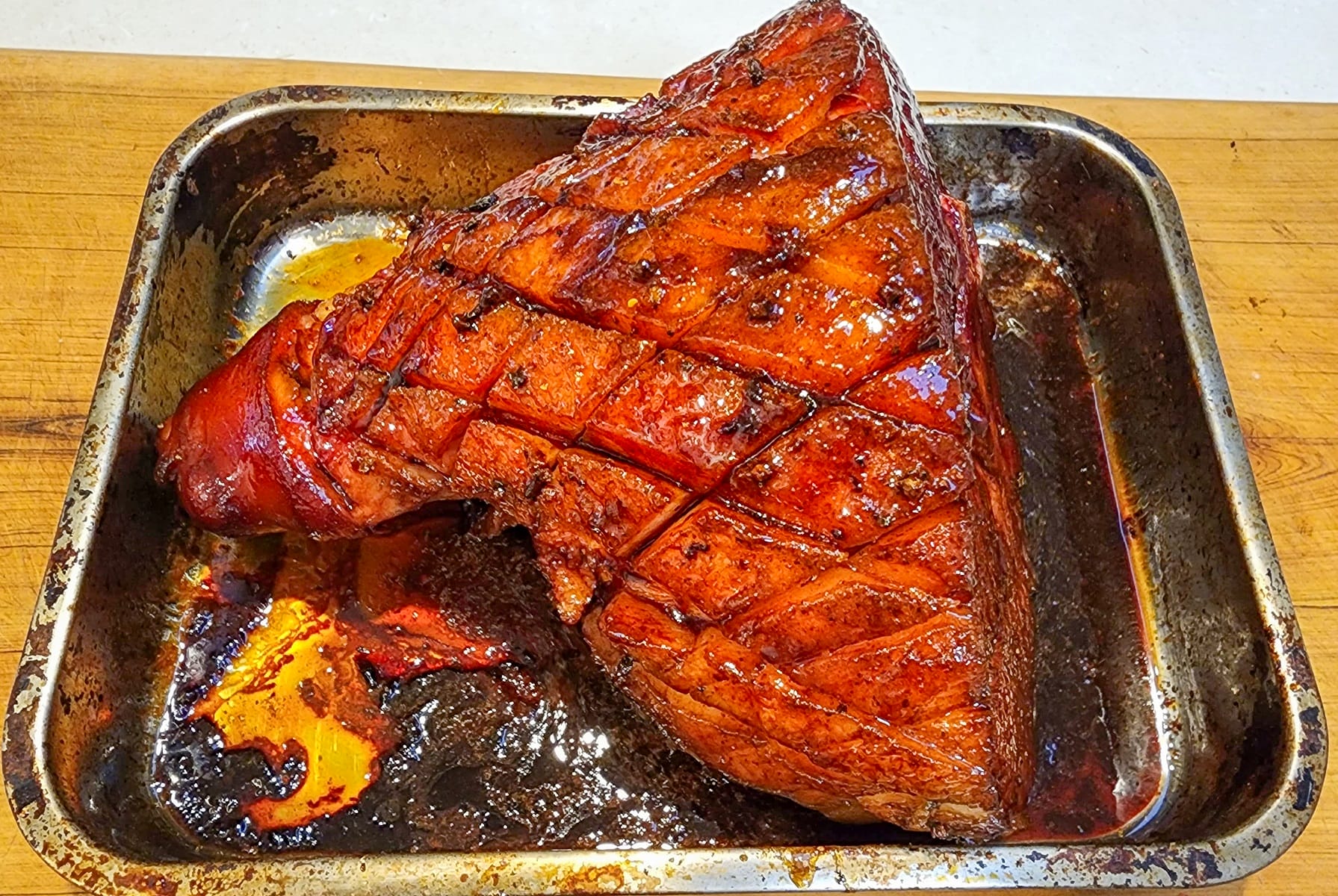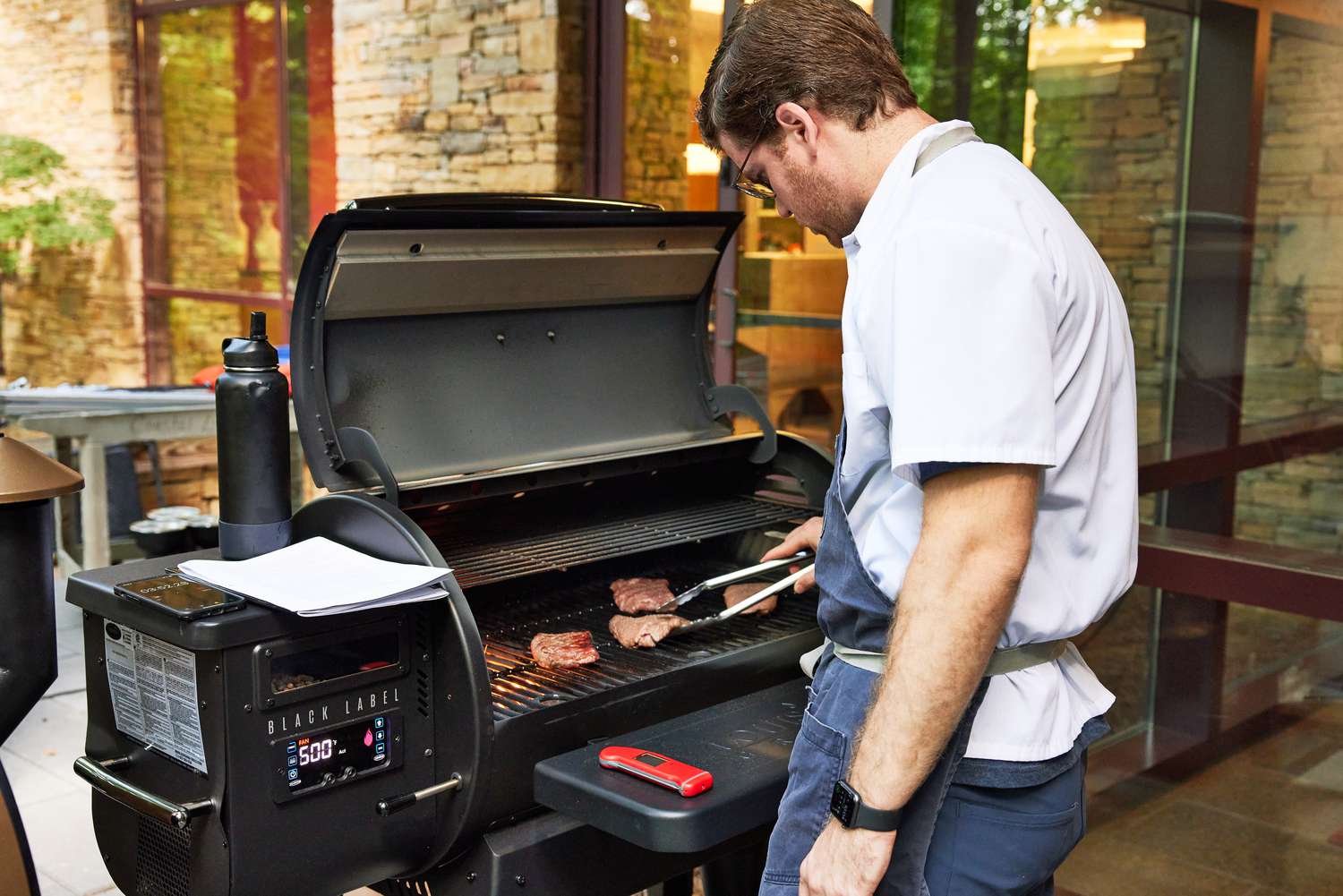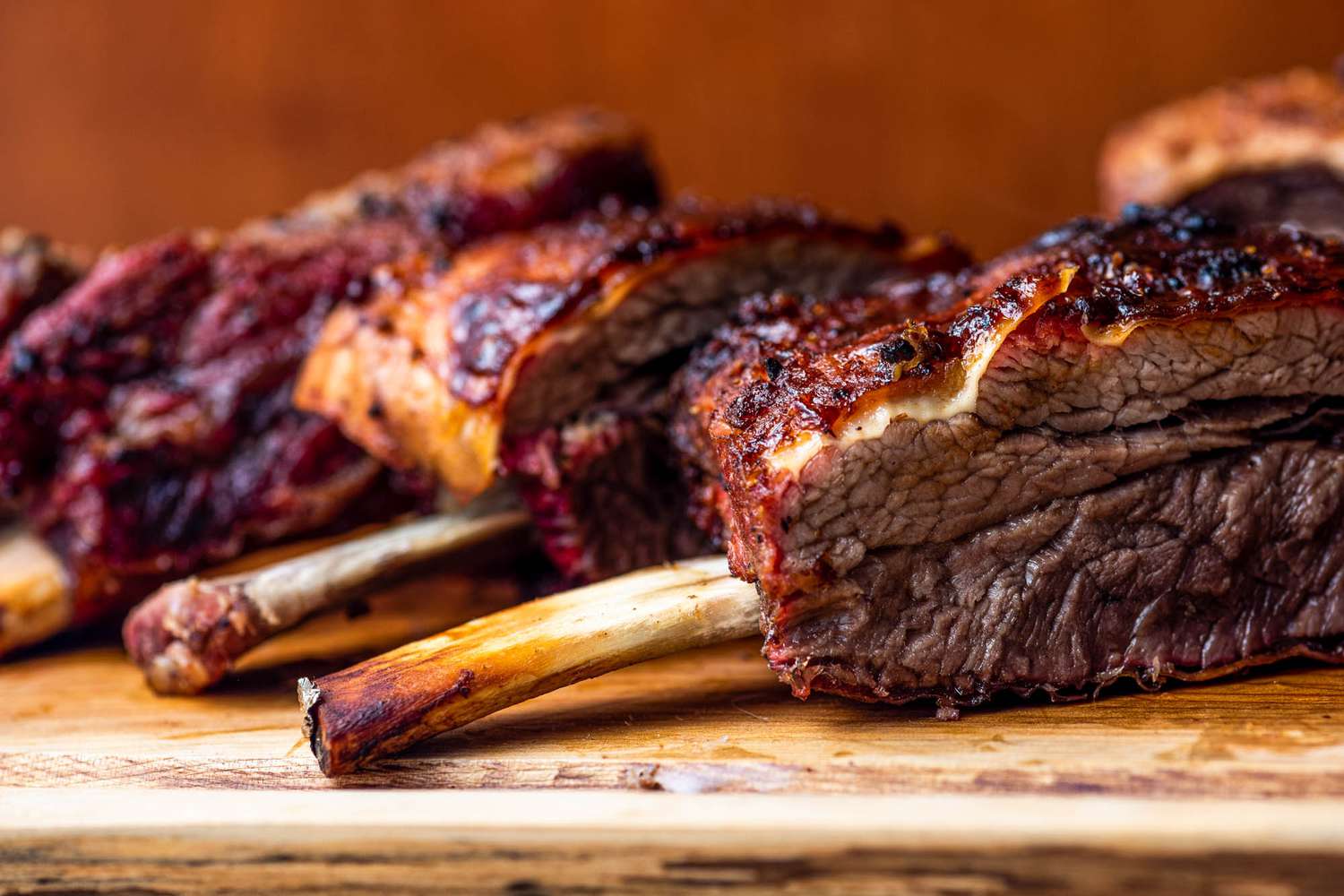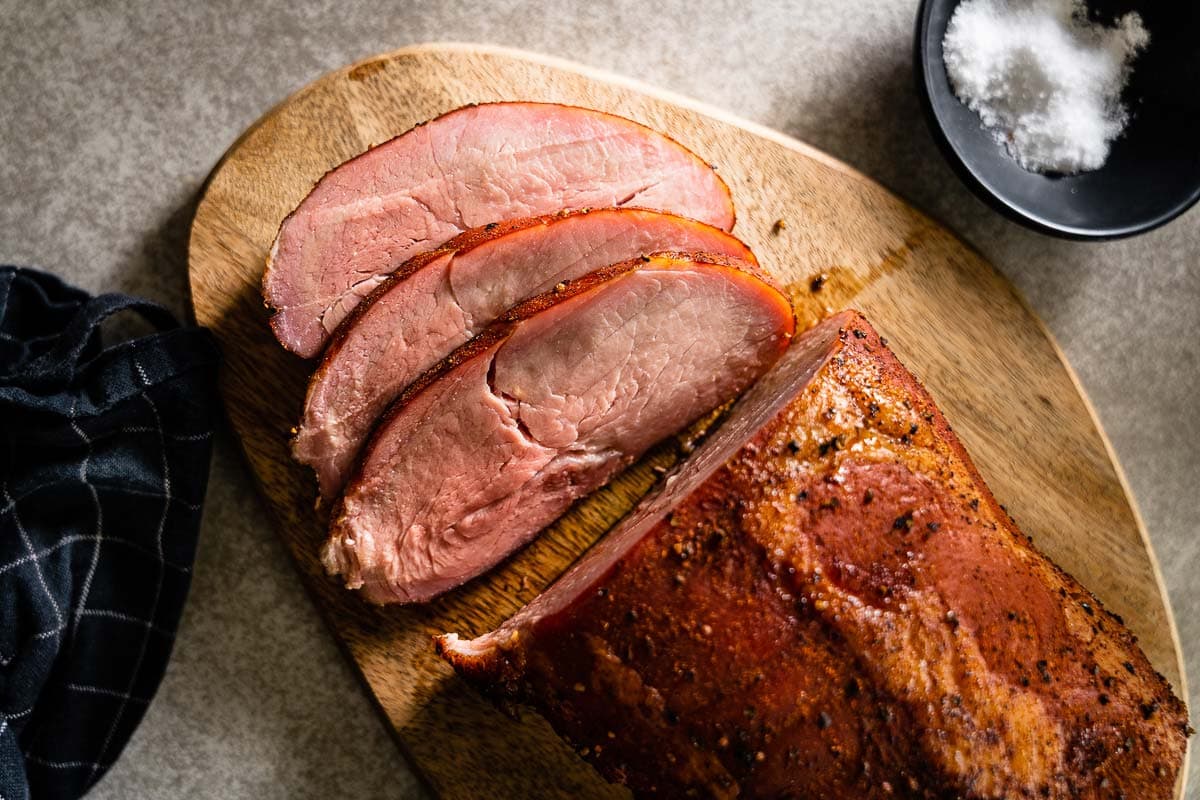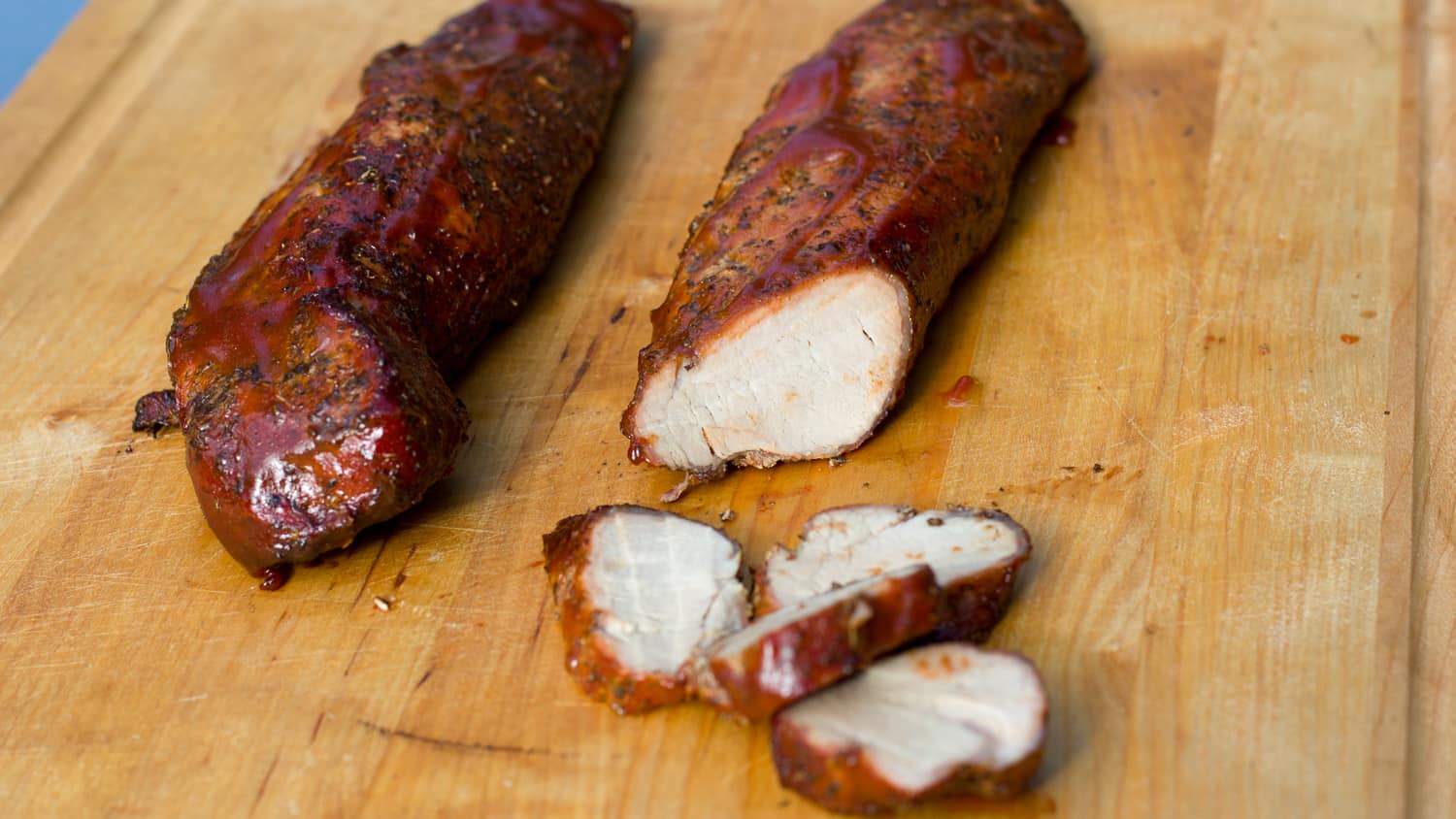Preserving Meat Through Smoking: A Time-Honored Tradition
Smoking meat has been used as a method of preservation for centuries, allowing people to store and enjoy meat for extended periods of time. The process of smoking not only imparts a delicious smoky flavor to the meat but also helps to inhibit the growth of bacteria, making it safe for consumption over an extended period. If you’re interested in learning how to smoke meat for preservation, here are some essential tips to get you started.
Choose the Right Meat
When it comes to smoking meat for preservation, it’s essential to start with the right cut. Fatty meats such as pork shoulder, beef brisket, and chicken thighs are ideal for smoking as the fat helps to keep the meat moist and flavorful during the smoking process. Additionally, the higher fat content aids in preservation, making the meat less susceptible to spoilage.
Preparation is Key
Before you begin the smoking process, it’s important to properly prepare the meat. This includes trimming any excess fat, seasoning the meat with a dry rub or marinade, and allowing it to sit for several hours or overnight in the refrigerator. This step not only enhances the flavor of the meat but also helps to ensure that the smoke adheres to the surface, creating that desirable smoky flavor.
Choosing the Right Wood
The type of wood you use for smoking can have a significant impact on the flavor of the meat. Hardwoods such as hickory, oak, and mesquite are popular choices for smoking due to their strong, distinct flavors. When smoking meat for preservation, it’s best to avoid softwoods such as pine or cedar, as they can impart a bitter taste to the meat and may not be safe for consumption.
Low and Slow
When smoking meat for preservation, the key is to cook it at a low temperature for an extended period. This slow cooking process allows the smoke to penetrate the meat, effectively preserving it and infusing it with a rich, smoky flavor. Maintaining a consistent temperature throughout the smoking process is crucial, so be sure to use a reliable smoker or grill with a built-in thermometer.
Monitor the Internal Temperature
It’s important to monitor the internal temperature of the meat throughout the smoking process to ensure that it reaches a safe level for consumption. For most meats, the ideal internal temperature is between 145°F and 160°F. Using a meat thermometer, check the temperature in the thickest part of the meat to ensure that it has reached the desired level of doneness and safety.
Proper Storage
Once the meat has been smoked to perfection, it’s essential to store it properly to maintain its quality and safety for consumption. Allow the meat to cool to room temperature before wrapping it tightly in plastic wrap or aluminum foil. Store the smoked meat in the refrigerator for short-term preservation or consider vacuum-sealing it for longer-term storage in the freezer.
Enjoying Your Smoked Meat
Whether you’re smoking meat for preservation or simply to enjoy the delicious flavor, the process of smoking is a time-honored tradition that brings people together over a shared love of good food. By following these essential tips, you can learn how to smoke meat for preservation and enjoy the fruits of your labor for weeks or even months to come.
So, the next time you’re craving the rich, smoky flavor of perfectly smoked meat, why not try your hand at preserving it through the age-old art of smoking?
For those looking to master the art of smoking meat for preservation, there are plenty of recipes to get started with. They can try their hand at the Smoked Beef Brisket Recipe for a hearty, flavorful experience or the Smoked Pulled Pork Shoulder Recipe for tender, juicy meat that's perfect for sandwiches. The Smoked Chicken Thighs Recipe offers a quicker alternative, while the Smoked Turkey Breast Recipe is ideal for a leaner option. For a rich, gamey flavor, the Smoked Duck Recipe and Smoked Venison Recipe are standout choices. Those who prefer fish can go for the Smoked Trout Recipe or Smoked Salmon Recipe, both excellent for adding a smoky twist to seafood. And if they want to try something adventurous, the Smoked Alligator Recipe will surely impress with its unique flavor profile. Each of these recipes will give readers a chance to hone their smoking skills and enjoy some delicious, preserved meat.
Was this page helpful?
Read Next: How To Smoke Beef Bottom Round Roast
